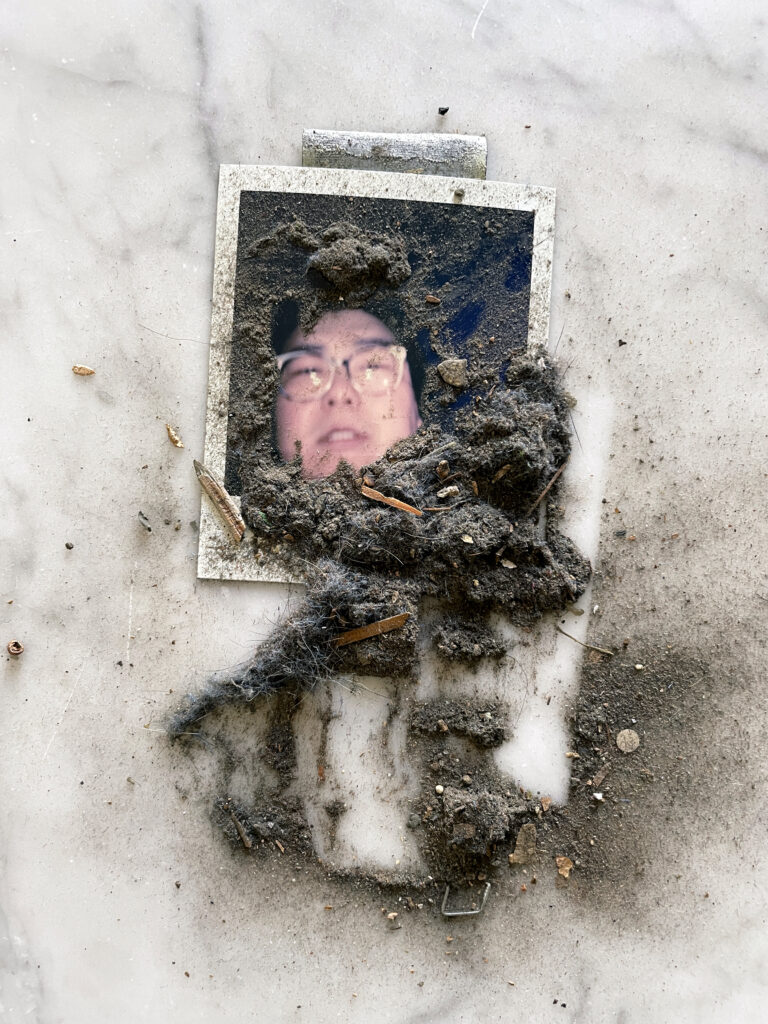Mars just got a blast of radiation.
The Watch Scott Pilgrim vs. the World Onlinesun is at the peak of its 11-year solar cycle, which means it's more likely to emit bursts of energy and particles into space. Recent solar storms have stoked glorious aurora on Earth, and on May 20 the strongest class of solar flare — an explosion of light (visible light, X-rays, and beyond) from the sun — hit the Red Planet. Right after, another type of solar explosion called a coronal mass ejection — a blast of energetic particles from the sun's surface — reached Mars.
These particles hit the Martian surface, and NASA's Curiosity Rover captured the effect, which you can watch below.
"During the May 20 event, so much energy from the storm struck the surface that black-and-white images from Curiosity’s navigation cameras danced with 'snow' — white streaks and specks caused by charged particles hitting the cameras," the space agency explained in a statement.
SEE ALSO: NASA scientist viewed first Voyager images. What he saw gave him chills.Unlike Earth, which has a magnetic field that traps energetic particles in the high atmosphere, shielding the surface (and us) from such radiation, Mars lost its protective magnetic field long ago. So these charged particles can impact the Martian ground.
This Tweet is currently unavailable. It might be loading or has been removed.
This was the most radiation that Curiosity, which landed in 2012, has ever measured.
"If astronauts had been standing next to NASA’s Curiosity Mars rover at the time, they would have received a radiation dose of 8,100 micrograys — equivalent to 30 chest X-rays," NASA explained. That's not in itself a "deadly" amount, the agency said, but certainly something humans would not want to be exposed to, nor ever repeatedly exposed to.
But NASA has realistic desires and designs to send astronauts to Mars as early as the 2030s, an ambitious part of its Artemis program (which will first return humans to the moon, as soon as 2026). If a massive blast of solar particles were to hit unprotected Mars, NASA would want astronauts to seek shelter, ideally underground in a Martian cave, pit, or lava tube.
"Cliffsides or lava tubes would provide additional shieldingfor an astronaut from such an event," Don Hassler, a scientist at the Southwest Research Institute who leads Curiosity’s Radiation Assessment Detector program, said in a statement. "In Mars orbit or deep space, the dose rate would be significantly more."
Beware, future Martians.
(Editor: {typename type="name"/})
 Dyson V8 Plus cordless vacuum: $120 off at Amazon
Dyson V8 Plus cordless vacuum: $120 off at Amazon
 Primrose for X by Fanny Howe
Primrose for X by Fanny Howe
 The Dust by Christopher Chang
The Dust by Christopher Chang
 Faust and the Risk of Desire by Adam Kirsch
Faust and the Risk of Desire by Adam Kirsch
 Best rope light deal: Save 25% on Lepro N1 AI Smart RGB LED Strip Lights
Best rope light deal: Save 25% on Lepro N1 AI Smart RGB LED Strip Lights
Fritz vs. Ruud 2025 livestream: Watch Madrid Open for free
 TL;DR:Live stream Fritz vs. Ruud in the 2025 Madrid Open for free on RTVE. Access this free streamin
...[Details]
TL;DR:Live stream Fritz vs. Ruud in the 2025 Madrid Open for free on RTVE. Access this free streamin
...[Details]
On Mary Wollstonecraft by Joanna Biggs
 On Mary WollstonecraftBy Joanna BiggsApril 3, 2023RereadingDetail from John Opie’s portrait of
...[Details]
On Mary WollstonecraftBy Joanna BiggsApril 3, 2023RereadingDetail from John Opie’s portrait of
...[Details]
Scientists are catching sea turtles 'rodeo style' for an important reason
 Turtles have an excellent sense of direction, and how they manage to find their way home time after
...[Details]
Turtles have an excellent sense of direction, and how they manage to find their way home time after
...[Details]
A list of privacy protections Facebook users in the UK have that U.S. users don't
 Facebook is a behemoth so large, so absolute, that just 20 years after its creation, it's difficult
...[Details]
Facebook is a behemoth so large, so absolute, that just 20 years after its creation, it's difficult
...[Details]
I'm a college professor. My advice to young people who feel hooked on tech
 When I was a child, computers were a fixture in my home, from the giant Atari on which I learned my
...[Details]
When I was a child, computers were a fixture in my home, from the giant Atari on which I learned my
...[Details]
For Black History Month, TikTok honors creators and announces new grant partnership
 TikTok's seasonal, identity-led programming is kicking off in 2024 with another app-wide effort to h
...[Details]
TikTok's seasonal, identity-led programming is kicking off in 2024 with another app-wide effort to h
...[Details]
At Chloë’s Closet Sale by Sophie Kemp
 At Chloë’s Closet SaleBy Sophie KempMay 17, 2023DispatchThe line outside the Sale of the Century. Ph
...[Details]
At Chloë’s Closet SaleBy Sophie KempMay 17, 2023DispatchThe line outside the Sale of the Century. Ph
...[Details]
Rivers Solomon, Elisa Gonzalez, and Elaine Feeney Recommend by The Paris Review
 Rivers Solomon, Elisa Gonzalez, and Elaine Feeney RecommendBy The Paris ReviewMarch 24, 2023The Revi
...[Details]
Rivers Solomon, Elisa Gonzalez, and Elaine Feeney RecommendBy The Paris ReviewMarch 24, 2023The Revi
...[Details]
Dyson V8 Plus cordless vacuum: $120 off at Amazon
 SAVE 26%:As of May 19, you can get the Dyson V8 Plus cordless vacuum for just $349.99, down from $46
...[Details]
SAVE 26%:As of May 19, you can get the Dyson V8 Plus cordless vacuum for just $349.99, down from $46
...[Details]
India is remeasuring Mount Everest to find out if it shrunk after earthquake
 Mount Everest, the world's tallest mountain, might have shrunk after a devastating earthquake in the
...[Details]
Mount Everest, the world's tallest mountain, might have shrunk after a devastating earthquake in the
...[Details]
接受PR>=1、BR>=1,流量相当,内容相关类链接。